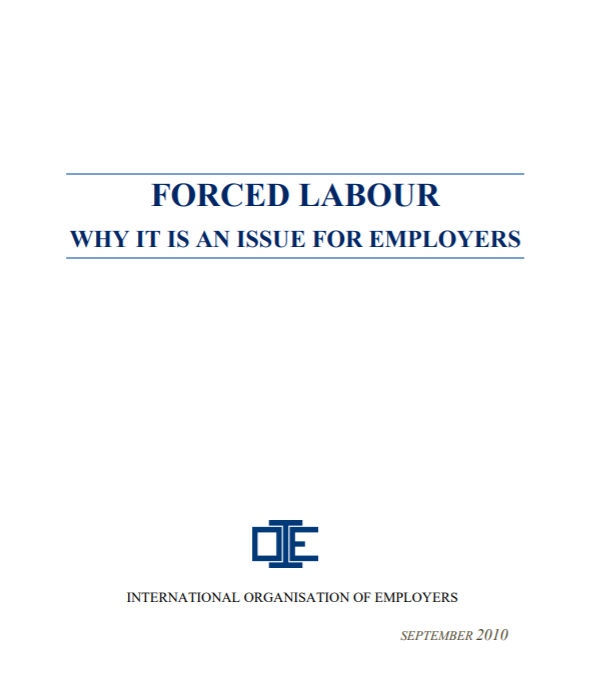Out from the Shadows: Transforming Support for Victims of Modern Slavery and Domestic Abuse with No Recourse to Public Funds
GuidanceDomestic abuse and modern slavery are hidden crimes that flourish because victims feel unable to come forward. Stigma, fear that their testimony will not be believed, and concern about the consequences of reporting abuse can deter individuals from s...Read More

